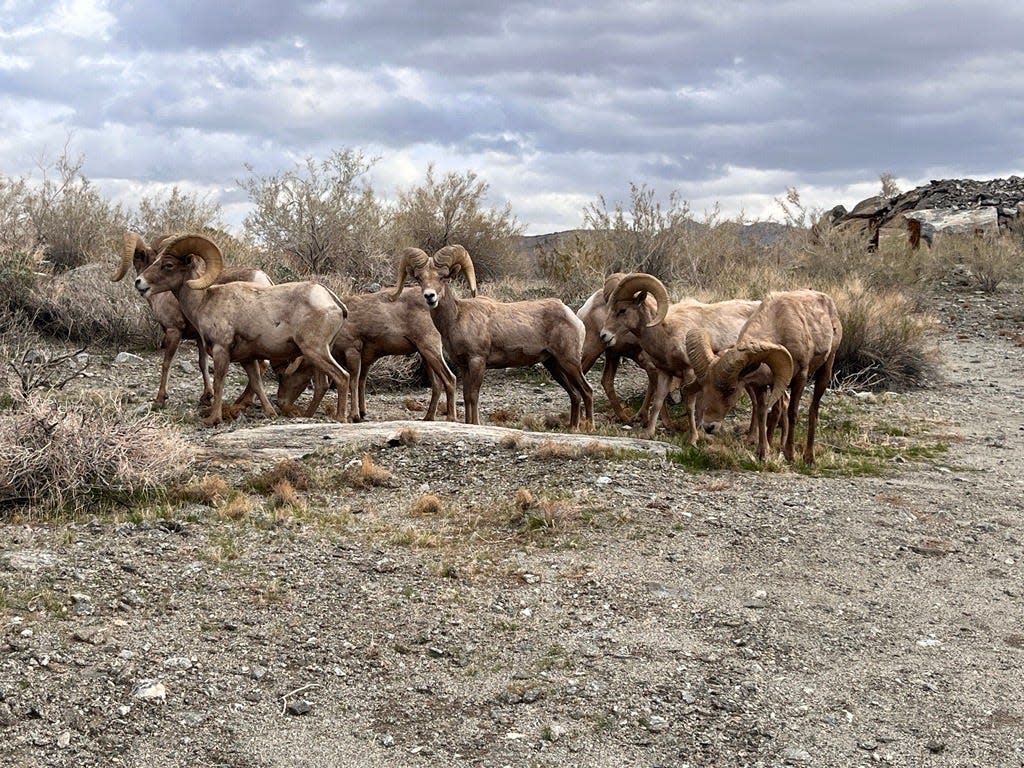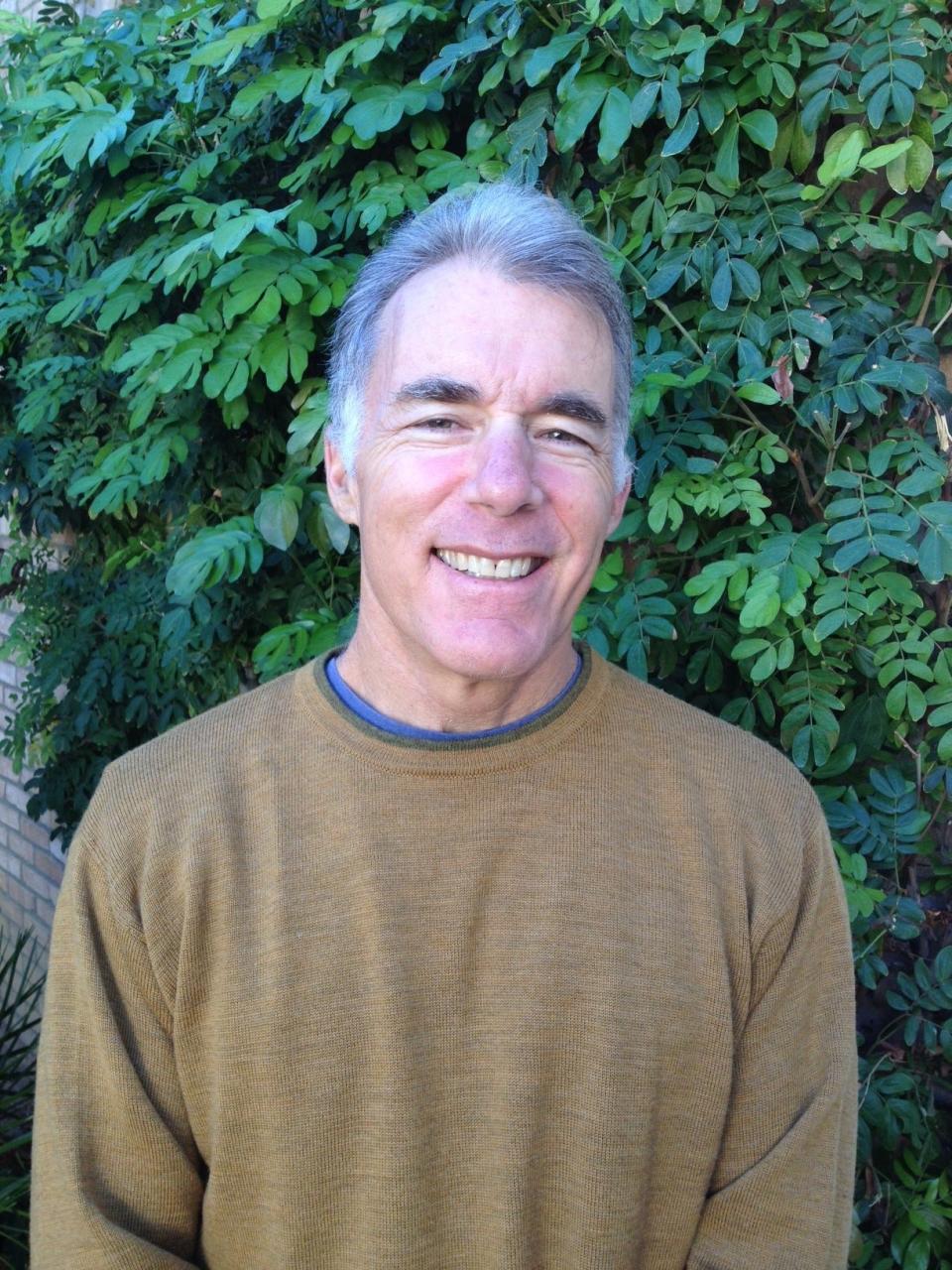Checking in with the Coachella Valley's bighorn sheep

In light of the fact that Russia doesn't appear poised to invade Coachella Valley, it's time to talk about something more pleasant. To be sure, traffic has increased, and restaurants are crowded with the onset of winter, but that's actually a good thing. And on another upbeat note, a recent report by the Bighorn Institute on the status of our local Peninsula bighorn sheep population was also positive. The snowbirds are here and so are the sheep.
Here's a summary.
First of all, the San Jacinto Mountain herd in the foothills of Palm Springs remains in good numbers. There are some 85 adult sheep in this group, split roughly 50/50 between males (rams) and females (ewes). Among the adults, 12 wear tracking collars courtesy of the California Department of Fish and Wildlife, making the chore of regional monitoring a much easier prospect.
Also, nine lambs born in 2022 have survived for a year and five more have been born in the last month: both, encouraging numbers. Interestingly, several ewes from this herd have crossed into the Northern Santa Rosa Mountains, bringing with them the local knowledge of food, water and cover so important for sheep survival. All in all, hikers in this range should be able to spot sheep with regularity. Just leave your dog at home.
In the Northern Santa Rosa range in back of Rancho Mirage, things are looking even better. Some 125 adult sheep roam these hills, also split evenly between rams and ewes. There have been a few mortalities, but nothing out of the ordinary.
Lamb survival has been excellent here, largely because of the fence put in place by the city some years ago to keep the sheep from invading urban territory. While wild bighorn are charming to look at, their incursions into backyards and greenbelts often spell damage to landscaping and tragedy to the sheep. Kudos once again to Rancho Mirage for its foresight in keeping these beautiful animals in their proper environment. The results speak for themselves.
More:Twenty years later: How Rancho Mirage's fence is protecting the local bighorn sheep herd
Down behind La Quinta in the Central Santa Rosas, the future of this population is more uncertain. With roughly 119 bighorn roaming the rugged foothills (2016 survey estimate), their numbers remain good, but problems continue with sheep trespassing onto golf courses. Some 19 mortalities were recorded last year, at least six from urban-related causes. Moreover, disease and predation remain problematic as the sheep acclimate to eating fairway greenery and drinking from water hazards. Happily, the long-mandated fence project to keep sheep at bay is finally underway and now about 70% complete. When ultimately finished, that fence will be a game-changer in terms of ensuring herd survival in the region.
As for the Bighorn Institute itself, it celebrated its 40th year of existence in 2022 and remains a singular example of what a dedicated and focused nonprofit entity can accomplish in the field of conservation. It is funded almost entirely by private sources and continues to maintain a captive breeding facility that over the years has allowed for the release of more than 125 sheep into the wild. But for its efforts, there almost certainly would be no Peninsula bighorn for hikers and outdoor enthusiasts to see in our beautiful valley. So, there it is. To learn more, visit www.bighorninstitute.org.
Mike Rivkin is a member of the Bighorn Institute board of directors. Email him at bi@bighorninstitute.org.

This article originally appeared on Palm Springs Desert Sun: Coachella Valley's bighorn sheep population is doing well

